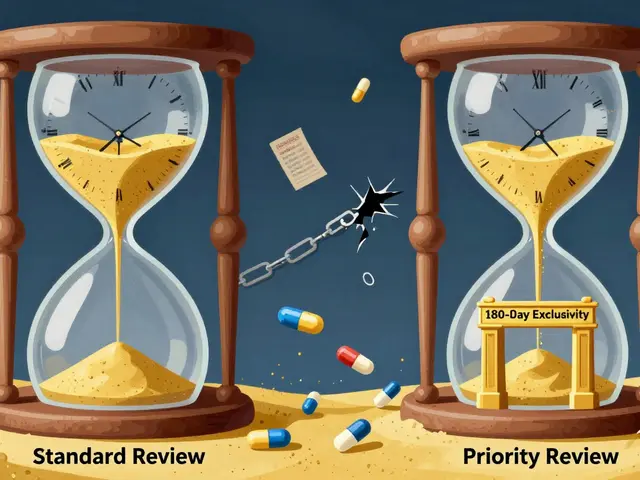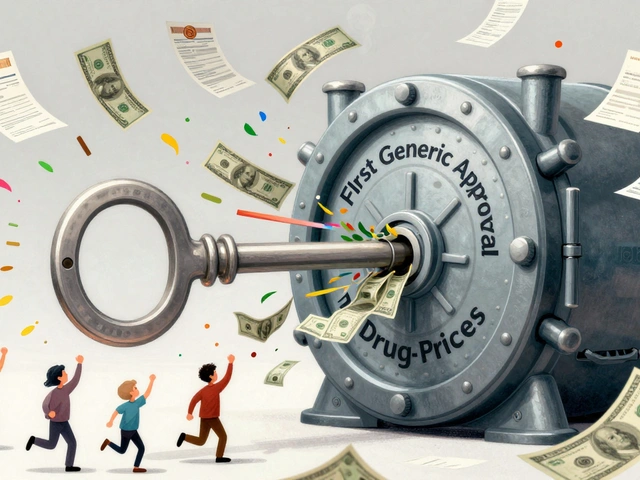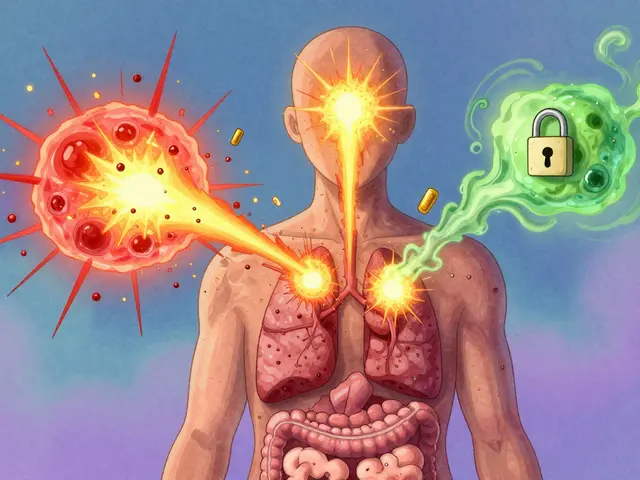Dispose Medications Safely: Step-by-Step Guide
Got old pills or half-used bottles cluttering your medicine cabinet? Tossing them without thinking can harm kids, pets and the environment. This short guide shows safe, quick ways to dispose of different drugs so you can clear space and stay safe.
Where to take unused meds
First, look for a local drug take-back event or a pharmacy drop-off. Many police stations and pharmacies accept medications year-round. These programs safely destroy drugs and prevent misuse. If you find a take-back box, bring medications in their original containers or sealed bags.
Can’t reach a take-back spot? Check if your area has household hazardous waste centers that accept medicines. Your city or county website will list locations and hours. Calling ahead saves time and avoids surprises.
How to dispose at home — safe trash method
When no take-back option exists, follow these steps for household trash disposal: mix pills with unappealing material (coffee grounds, dirt, or kitty litter), seal the mix in a sturdy bag or container, remove or scratch out personal info from the label, and throw the sealed bag in your regular trash. This makes pills less appealing and harder to retrieve.
Some medications should not go in the trash. Certain controlled substances can be especially risky. The FDA has a list of medicines recommended for flushing when no take-back option is available. Check that list for specific drugs like some opioids. If a drug is on the flush list, follow the label or FDA guidance.
Liquid medicines and pills in blister packs can go in the trash after you empty and mix them with absorbent material. For patches (like nicotine or pain patches), fold sticky sides together and flush only if the label or disposal guide says to. Otherwise, seal and throw them away carefully.
Sharps — needles, syringes, lancets — need special handling. Use a rigid, puncture-proof container (a sharps container or heavy plastic bottle with a tight lid). When full, follow local rules for sharps disposal. Many pharmacies and clinics accept sealed sharps containers.
Don’t flush pills unless you’re sure they’re on the flush list. Flushing adds drugs to the water system and can harm aquatic life or drinking water. Use take-back programs whenever possible — they’re the simplest and safest choice.
Want to avoid extra meds later? Ask your doctor or pharmacist for smaller quantities, check expiration dates before refilling, and keep a list of current medicines to avoid duplicates. If buying online, only order what you need and use reputable pharmacies to reduce returns and waste.
Finally, remove personal info from containers before tossing them. That protects your privacy and prevents identity misuse. If you’re unsure about a specific medicine, call your pharmacy — a quick call can save trouble and protect others.
Local laws vary, so check municipal guidelines. Many pharmacies list disposal rules on their websites. When in doubt, call your pharmacy or local waste agency — quick questions can prevent harm and save you time. Keep a small disposal kit at home today.
How to Store and Dispose of Permethrin Safely
As a responsible user of permethrin, I've learned that it's essential to store and dispose of this chemical safely. To store permethrin properly, I always keep it in its original container, tightly closed, and away from food, children, and pets. I also make sure that the storage area is cool and dry to prevent any accidents. When it comes to disposing of permethrin, I never pour it down the drain or throw it in the trash. Instead, I contact my local hazardous waste facility to find out the safest way to dispose of it in my community.






